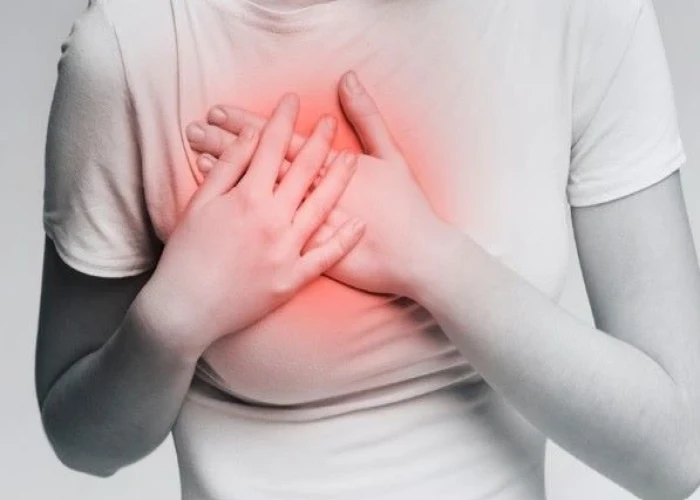 Welcome
Welcome
“May all be happy, may all be healed, may all be at peace and may no one ever suffer."
Mastitis

Mastitis is an infection of the breast tissue that results in breast inflammation, swelling, warmth, redness, and pain. It can occur in breastfeeding women, but it can also occur in non-breastfeeding women and men.
In breastfeeding women, mastitis is often caused by bacteria entering the breast through a cracked or sore nipple. Poor latch and milk buildup can also contribute to the development of mastitis. Symptoms usually develop rapidly and can include:
- Breast tenderness or pain, often on one side of the breast
- Swelling, warmth, or redness in the breast
- Flu-like symptoms, such as fever, chills, and body aches
- Hard lumps in the breast tissue
- Nipple discharge, often with blood or pus
Treatment for mastitis usually involves antibiotics to treat the infection, as well as pain relievers and anti-inflammatory medications to relieve discomfort and reduce inflammation. It is also important to continue breastfeeding or pumping to help drain the affected breast and promote healing. Applying heat or cold to the affected breast and getting plenty of rest and fluids may also be helpful.
If mastitis is not treated promptly or if it is caused by an abscess (a pocket of pus in the breast tissue), more extensive treatment may be necessary, such as drainage of the abscess or surgery.
In non-breastfeeding women and men, mastitis can be caused by a variety of factors, including injury to the breast tissue, a weakened immune system, or exposure to bacteria through contaminated needles or piercing. Treatment for non-breastfeeding mastitis typically involves antibiotics and may also include surgery if an abscess is present.
Research Papers
Disease Signs and Symptoms
- Breast tenderness
- Swollen breast
- Breast lump
- Skin redness, often in a wedge-shaped pattern
- Fever
- Thickening of breast tissue, or a breast lump
- Pain or a burning sensation continuously or while breast-feeding
Disease Causes
Mastitis
Milk that is trapped in the breast is the main cause of mastitis. Other causes include:
- A blocked milk duct. If a breast doesn't completely empty at feedings, one of your milk ducts can become clogged. The blockage causes milk to back up, leading to breast infection.
- Bacteria entering your breast. Bacteria from your skin's surface and baby's mouth can enter the milk ducts through a crack in the skin of your nipple or through a milk duct opening. Stagnant milk in a breast that isn't emptied provides a breeding ground for the bacteria.
Disease Prevents
Mastitis
To get your breast-feeding relationship with your infant off to its best start — and to avoid complications such as mastitis — consider meeting with a lactation consultant. A lactation consultant can give you tips and provide invaluable advice for proper breast-feeding techniques.
Minimize your chances of getting mastitis by following these tips:
- Fully drain the milk from your breasts while breast-feeding.
- Allow your baby to completely empty one breast before switching to the other breast during feeding.
- Change the position you use to breast-feed from one feeding to the next.
- Make sure your baby latches on properly during feedings.
- If you smoke, ask your doctor about smoking cessation.
Disease Treatments
Mastitis treatment might involve:
- Antibiotics. If you have an infection, a 10-day course of antibiotics is usually needed. It's important to take all of the medication to minimize your chance of recurrence. If your mastitis doesn't clear up after taking antibiotics, follow up with your doctor.
- Pain relievers. Your doctor may recommend an over-the-counter pain reliever, such as acetaminophen (Tylenol, others) or ibuprofen (Advil, Motrin IB, others).
It's safe to continue breast-feeding if you have mastitis. Breast-feeding actually helps clear the infection. Weaning your baby abruptly is likely to worsen your signs and symptoms.
Your doctor might refer you to a lactation consultant for help and ongoing support. Suggestions for adjusting your breast-feeding techniques might include the following:
- Avoiding prolonged overfilling of your breast with milk before breast-feeding.
- Trying to ensure that your infant latches on correctly — which can be difficult when your breast is engorged. Expressing a small amount of milk by hand before breast-feeding might help.
- Massaging the breast while breast-feeding or pumping, from the affected area down toward the nipple.
- Making sure your breast drains completely during breast-feeding. If you have trouble emptying a portion of your breast, apply warm and moist heat to the breast before breast-feeding or pumping milk.
- Breast-feeding on the affected side first, when your infant is hungrier and sucking more strongly.
- Varying your breast-feeding positions.
Disease Diagnoses
Disease Allopathic Generics
Disease Ayurvedic Generics
Disease Homeopathic Generics
Disease yoga
Mastitis and Learn More about Diseases
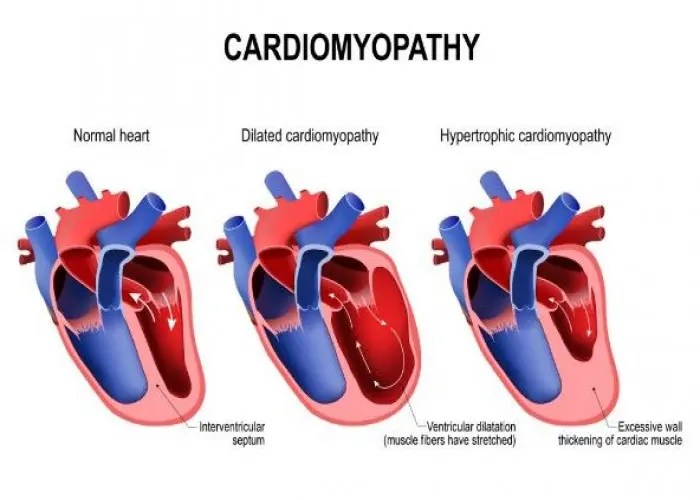
Dilated cardiomyopathy
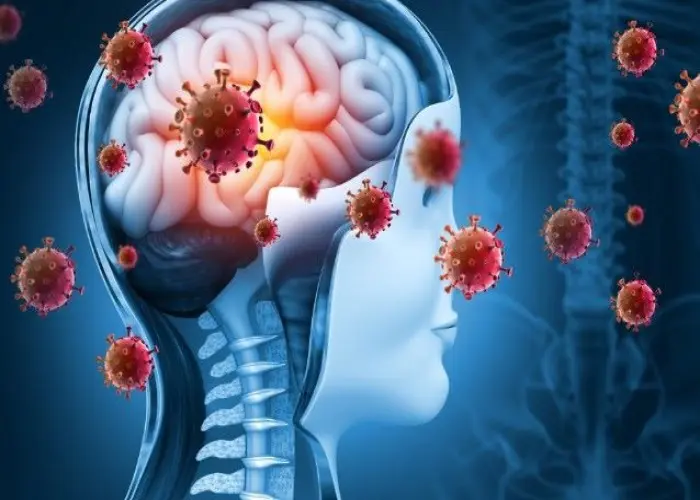
Encephalitis

Molar pregnancy
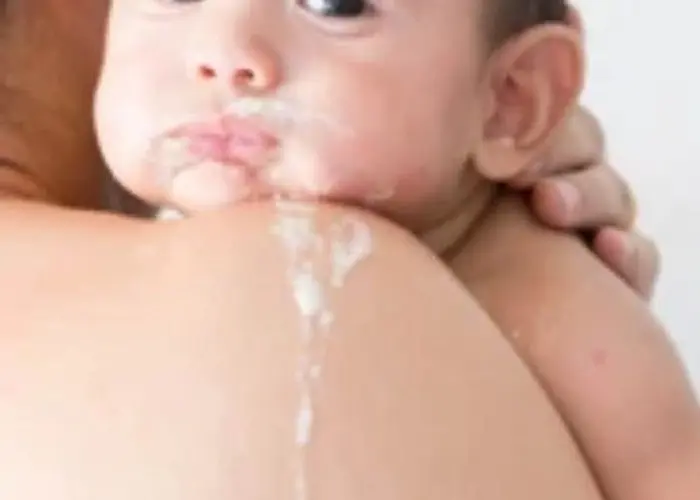
Infant reflux
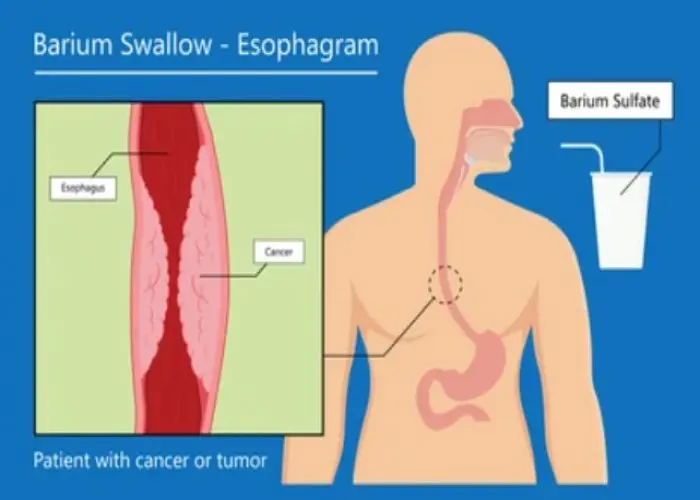
Barrett's esophagus

Body lice
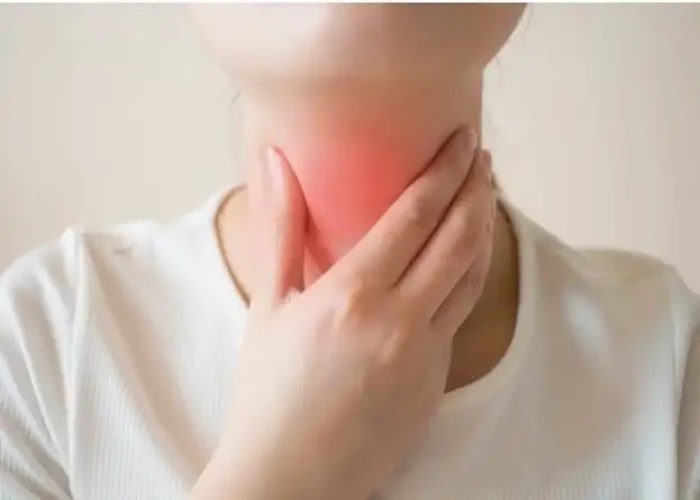
Sore throat
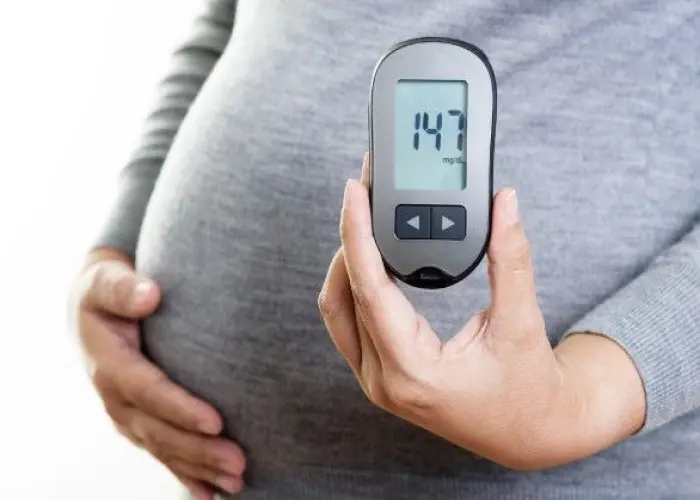
Gestational diabetes
mastitis, ম্যাসাটাইটিস
To be happy, beautiful, healthy, wealthy, hale and long-lived stay with DM3S.
